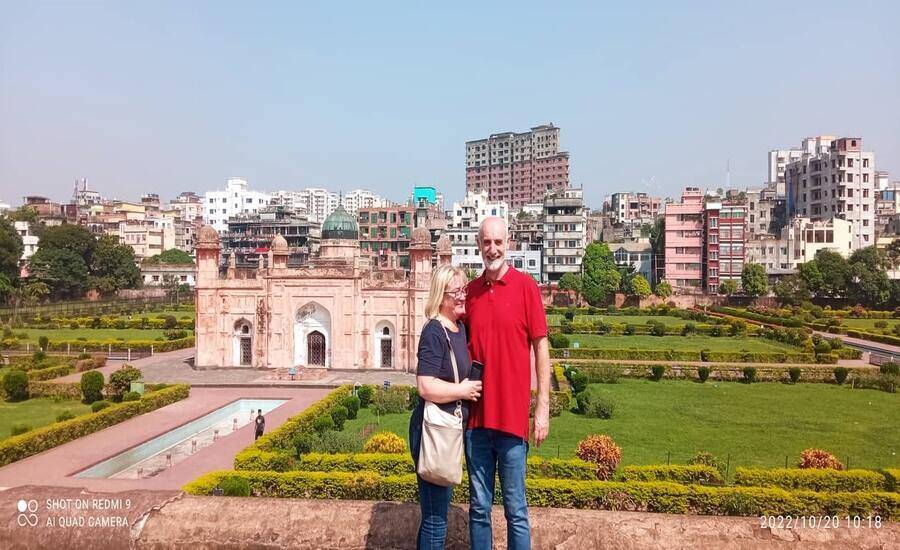Lalbagh Fort is a historical site located in the heart of Dhaka, the capital city of Bangladesh. Built during the Mughal era in the 17th century, this magnificent fort stands as a testament to the architectural prowess of the period. It was initially built as a fortified palace for Prince Muhammad Azam, the third son of the Mughal emperor Aurangzeb, and later served as the residence of the governor of Dhaka. Now, it is a must-see attraction for the Dhaka tour.
The fort is also known as Fort Aurangabad, named after the Mughal emperor who ordered its construction. Its construction began in 1678 but was left unfinished due to the sudden death of the emperor’s beloved daughter, who was on her way to Dhaka to oversee the construction. As a result, the fort remained incomplete and fell into disrepair over the years.

Despite its unfinished state, the Lalbagh Fort remains a popular tourist attraction and a significant landmark in the city of Dhaka. The fort is surrounded by a moat on three sides, and the main entrance is adorned with a magnificent gateway. Visitors can walk through the majestic gateway to enter the fort and explore the sprawling grounds inside.
One of the main features of the fort is the beautiful mausoleum of Pari Bibi, the daughter of the Mughal governor Shaista Khan. The mausoleum is built on a raised platform and is surrounded by a lush garden, which adds to the serene atmosphere of the area.
Another prominent feature of the fort is the audience hall, which is a large open space that was used for public gatherings and official events during the Mughal era. The hall is supported by several pillars and is adorned with intricate designs and carvings, making it a breathtaking sight to behold.
The fort also houses a small museum that contains various artifacts and exhibits related to the Mughal period. Visitors can learn about the history of the fort and the city of Dhaka, as well as the cultural and architectural achievements of the Mughal empire.
In recent years, the Bangladesh government has taken steps to preserve and restore the Lalbagh Fort, including cleaning the moat and restoring the damaged portions of the fort. These efforts have helped to maintain the fort’s cultural significance and ensure that it remains a popular destination for tourists and locals alike.
In conclusion, the Lalbagh Fort is a remarkable historical landmark that showcases the rich cultural heritage of Bangladesh. Its stunning architecture, lush gardens, and fascinating exhibits provide visitors with a glimpse into the Mughal era and the vibrant history of Dhaka. Any traveler interested in history, architecture, or culture should make it a point to visit this magnificent fort. For tourists visiting Bangladesh, Lalbagh Fort can be part of a broader tour that explores the country’s cultural, historical, and natural wonders.
